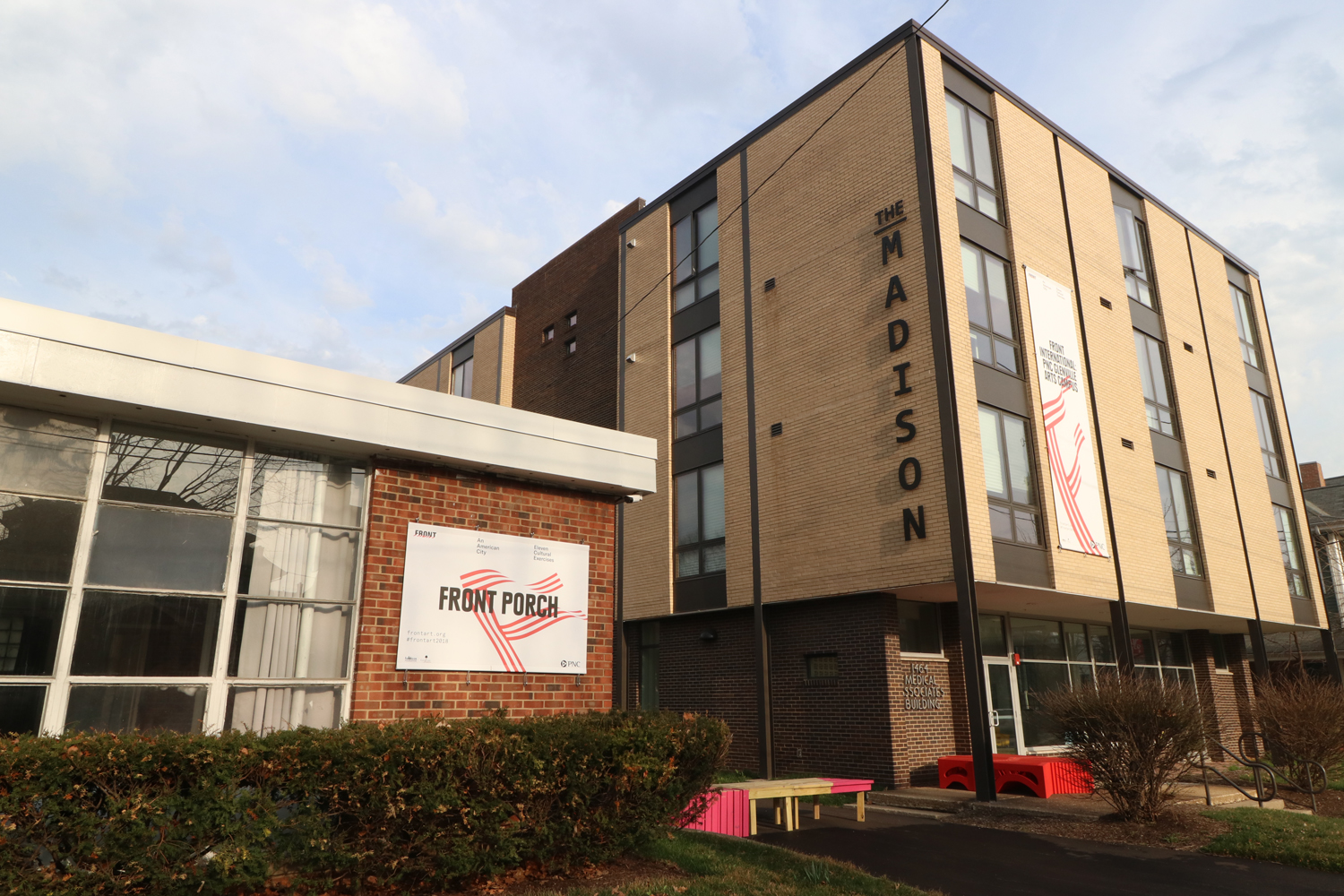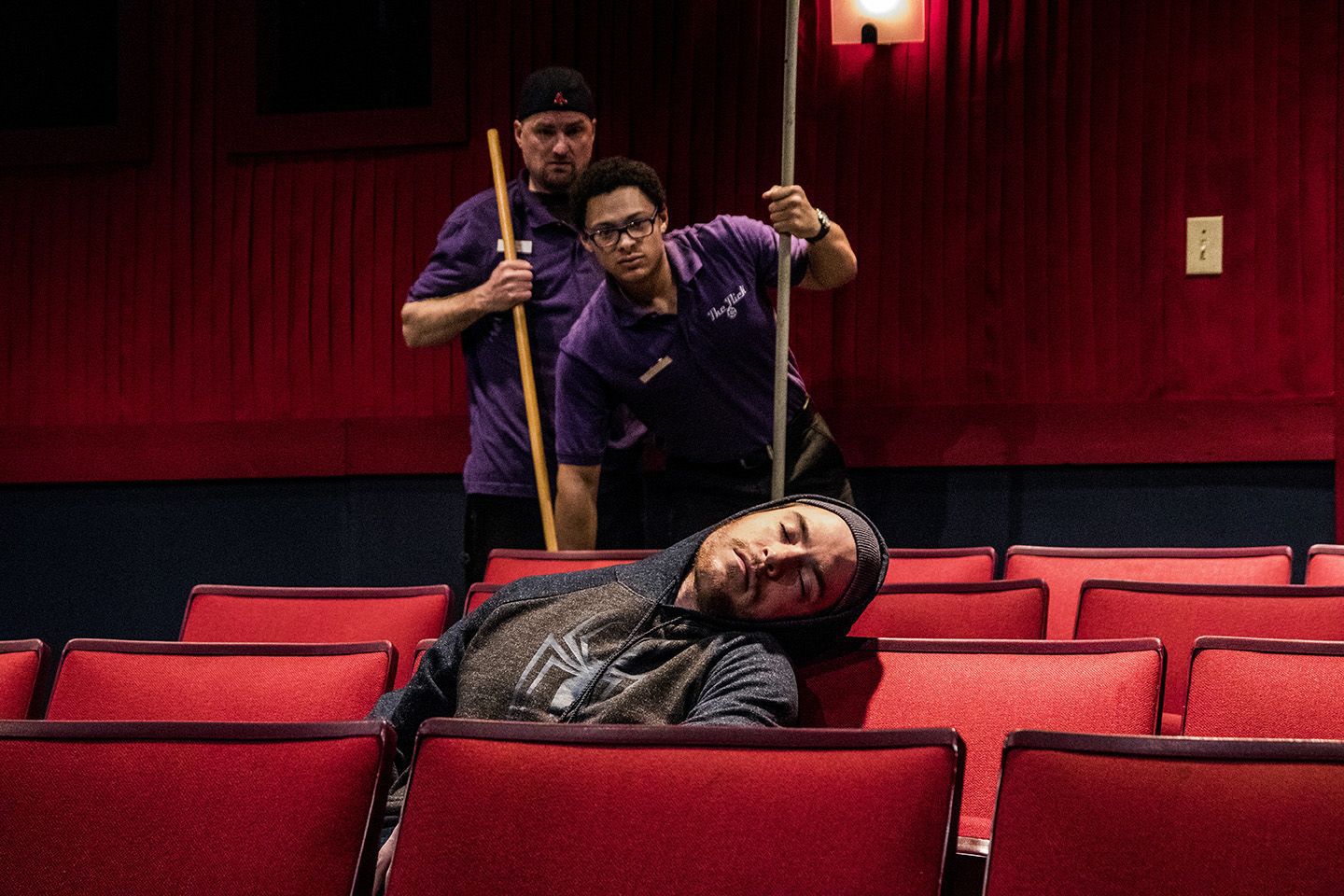Lightning strikes thrice with Great Lakes’ ‘My Fair Lady’
By Bob Abelman
Shortly after the record-breaking, award-winning production of “My Fair Lady” opened on Broadway in 1956, the show’s playwright and lyricist, Alan Jay Lerner, remarked that “the right people at the right moment in their lives embarked on the right venture.”
The same can be said for Great Lakes Theater’s most remarkable rendition of “My Fair Lady.”
Artistic Director Charlie Fee hired just the right director who brought in just the right designers and performers to take all that is charming about this musical and make it captivating. And while all the show’s special moments have been mined over six decades of reproductions and four Broadway revivals, the Great Lakes Theater company has managed to find more by stripping the show’s production values down to the essentials while adding rich dimension to each and every character.
“My Fair Lady” is most remembered as an Academy Award-winning film, made in 1964 during an era when hit Broadway musicals were routinely turned into elaborate Hollywood productions. The Broadway production on which it was based, which first introduced Fredrick Loewe’s irresistibly hummable music and Lerner’s memorable lyrics, won six Tony Awards.
But “My Fair Lady” is grounded in the story “Pygmalion,” written in 1912 by George Bernard Shaw. It tells the tale of a high-handed, high-brow British phonetician named Henry Higgins, who places a wager with his priggish sidekick Colonel Pickering that he can transform Eliza Doolittle, a young Cockney guttersnipe, into a duchess simply by improving her manner of speech.
Shaw’s writing, in turn, was inspired by “Metamorphoses” – a simple play written by ancient Greek poet Ovid about a sculptor named Pygmalion who falls madly in love with one of his ivory statues and his passion fuels the desire to bring her to life.
It is these seminal elements – the love and passion that drives the story and the unpretentious simplicity that constitutes the storytelling – that inspire this absolutely enthralling Great Lakes Theater production.
Under the creative vision and virtuosic direction of Victoria Bussert, every design element comes in shades of black and white.
Scenic designer Jeff Herrmann represents the cityscape of Edwardian London with three black on white line drawings that fill the space between huge white pillars, which rotate to reveal the whitewashed bookshelves of Henry Higgins’ Wimpole Street apartment and rotate again to offer a simple and serviceable backdrop for every other scene in the production.
Each scene is imbued with just a few pieces of white furniture that are whisked on and off the stage by ensemble members with the same fluidity as the gorgeous choreography and musical underscoring they are provided by Gregory Daniels and Joel Mercier, respectively. The ensemble wears spectacular period costuming by Charlotte M. Yetman that also comes in shades of black and white.
Only Eliza Doolittle’s costumes add a splash of color, as does actress Jillian Kates in the role. She is a delightful performer with a remarkable voice that shows its impressive range and variability during Eliza’s transformation between “Wouldn’t It Be Loverly” and “The Rain in Spain.” And though her transformation is traditionally attributed to Higgins’ teachings and the enticement of chocolates, it is clear in this production that the strong-willed Eliza is an equal partner in the enterprise.
Her verve and intelligence not only keep Higgins on his toes, but it underscores the shortcomings of her head-over-heels suitor Freddy, as he paces the street where she lives. He is played by the adorable Colton Ryan, who was purposefully cast young and who plays even younger, which adds humor and dimension to “Show Me,” where Eliza demands that he put up or shut up.
As Higgins, Tom Ford is playful, passionate and absolutely charming – characteristics rarely associated with the role. As such, his songs “Why Can’t the English,” “I’m An Ordinary Man” and “A Hymn to Him” are humorous reflections on Higgins’ worldview rather than harsh barbs thrown at others. They are also so much more interesting when sung than when spoken, as was done by Rex Harrison, who famously created the role on stage and screen. As a result, Higgins’ 11th-hour “I’ve Grown Accustomed to Her Face” is more than a song of regret; it is heartbreaking.
As Eliza’s ne’er-do-well dad Alfred Doolittle, master clown M.A. Taylor’s performance is remarkably textured and always interesting. The scene where he comes to the Wimpole Street apartment to coerce cash from Higgins for stealing his daughter is the perfect storm of brilliant writing and inspired performance.
Even Pickering – a steadfastly one-dimensional character – is all heart and sentimentality in the hands of Aled Davies. In fact, every small role is enhanced by the immense talents of Laura Perrotta, Jodi Dominick, Lynn Robert Berg and others.
Lightning certainly struck on Broadway in 1956. It struck again in Boise, where this Great Lakes Theater production opened in July in partnership with the Idaho Shakespeare Festival. And, now well-rested and fully tested, it strikes once more on the Hanna Theatre stage. CV
On Stage
“My Fair Lady”
WHERE: Hanna Theatre, 2067 E. 14th St., Cleveland
WHEN: Through Oct. 29
TICKETS & INFO: $13-$80, call 216-241-6000 or visit greatlakestheater.org.
Bob Abelman covers professional theater and cultural arts for the Cleveland Jewish News. Follow Bob at Facebook.com/BobAbelman3.
Originally published in the Cleveland Jewish News on Sept. 26, 2016.
Lead image: Michael Mauldin as Harold Carver and Mary-Francis Renee Miller as Daphne Anderson. Photo | Celeste Cosentino











